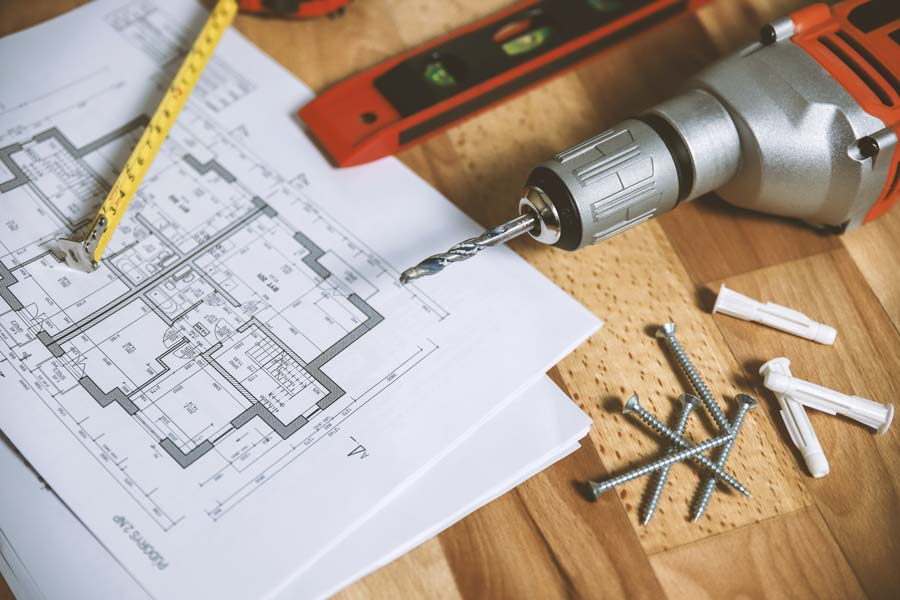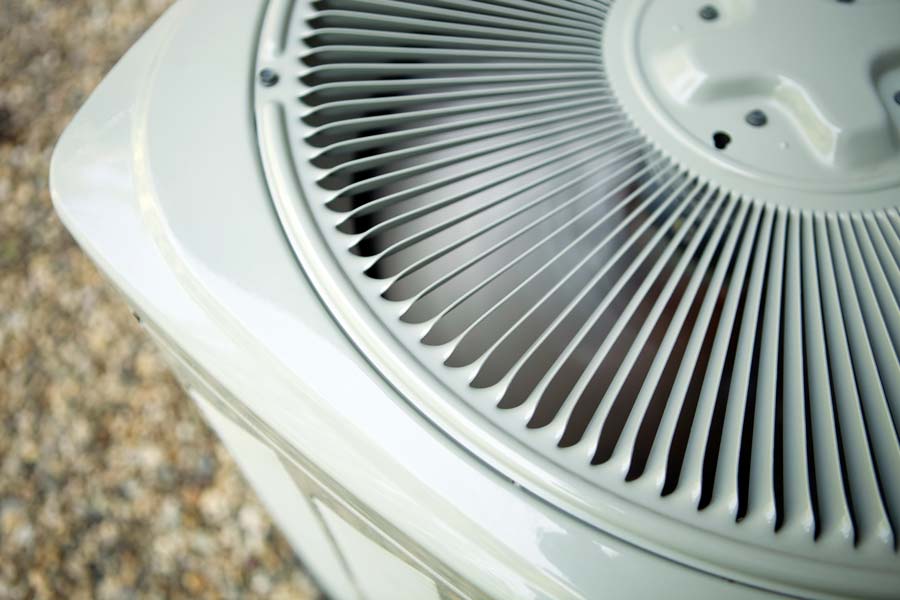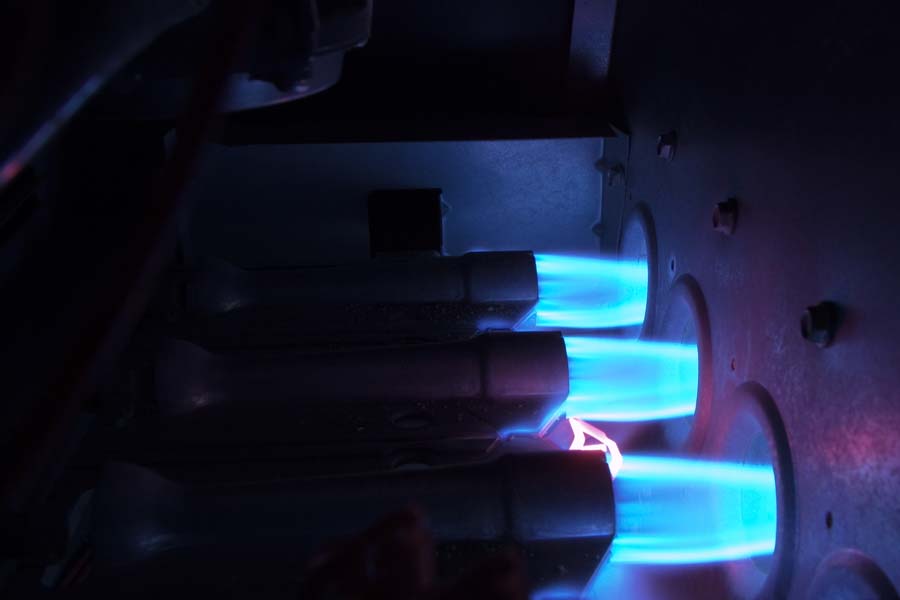
New Installation


Whether you're retrofitting an older home with no central HVAC system or if you're building a new home, correctly sizing the system to the size of your home during a new HVAC installation ensures the system will regulate temperatures properly for optimal comfort all year round.
A properly trained HVAC professional will be able to precisely measure the square footage of your home, either from a blueprint or by measuring all the rooms in the existing home, as well as consider other important factors like the number of occupants in the home, the number of windows and doors, the home's climate and orientation to the sun, and placement of the ductwork.
The process for determining the right size HVAC system to install in your home is a complicated one best left to the professionals at Peters Heating and Air Conditioning, Inc..

How To Determine Your Home's Square Footage:
If you're working with an architect or builder, they can provide you with the home's overall square footage. You can also obtain it from the blueprints of your new home. If you're retrofitting an older home, you'll need to measure it yourself. Use a tape measure to determine the overall length and width of a room. Multiply those together for the approximate square footage of that room. Repeat this process for each room in the home, including all habitable spaces like finished basements, closets, hallways, and stairways. Add them all together. This is the total square footage you'll use for estimating purposes.

How To Determine The Size Air Conditioner You Need:
An air conditioner's size in 'tons' refers to its cooling capacity typically measured in BTUs, or British Thermal Units. A central air conditioning system needs about 20 BTUs of energy per square foot of living space to adequately cool that space. So multiplying your home's total square footage by 20 will supply you with the number of BTUs needed to adequately cool your home. If your home's ceilings are higher than the typical 8 feet, you'll want to multiply your base BTUs by at least 1.25 or 25%, maybe more. There are a whole list of other factors that can adjust the number of total BTUs up or down but this will give you an approximate number to start. A one-ton AC unit removes 12,000 BTUs of heat per hour so if you divide your total BTU number by 12,000, you'll know the approximate tonnage unit you'll need for your new AC installation.

How To Determine The Size Furnace You Need:
Besides the total square footage of your home, the other factors needed to calculate heating BTUs include which climate zone your home is located in and the furnace's efficiency rating. Again, there are additional considerations, like insulation, the home's age, and the number of windows which a professional HVAC technician can and should factor into their calculations when quoting a new furnace installation.
But where your home is located will impact the size furnace you'll need to install. Naturally, colder climates will put more demands on the furnace than warmer ones. In some warmer climates, you might not need a furnace at all and may be able to control the home's heated temperature with a heat pump instead. But generally speaking, the heat factors for climate zones in the U.S. are as follows:
- Zone 1: 30-35 BTUs per sq. ft
- Zone 2: 35-40 BTUs per sq. ft
- Zone 3: 40-45 BTUs per sq. ft
- Zone 4: 45-50 BTUs per sq. ft
- Zone 5: 50-60 BTUs per sq. ft
You'll want to multiply the total square footage of your home by the high and low BTU ranges listed above. This will give you a starting range for the total number of BTUs needed to properly heat your home.
You'll then need to factor in the furnace's efficiency rating, which indicates how effectively the furnace can pump out heat. Furnaces have a BTU input rating and an efficiency rating percentage. This percentage indicates how effectively the furnace can convert the air it takes in into the heat it puts out. Gas furnaces must have a minimum 80% efficiency rating in the U.S. but can go as high as 98% efficiency. Also, keep in mind that a furnace's efficiency will decrease with time and usage so it's important that a new furnace is regularly maintained to yield the best efficiency over the equipment's lifespan.
Other Considerations With A New HVAC Installation
If this is a brand new comfort system for a new home or retrofit, you'll have additional things you'll want your system to address. You can have a properly sized ac unit or furnace but if the ductwork is too small, your heating and cooling system will have to work very hard to keep your home at its desired temperature. Too big and the velocity of the air will also be compromised. Peters Heating and Air Conditioning, Inc. will calculate the required duct sizing and how many vents are needed for each room based on its size.
Humidity control is another consideration that ensures the conditioned air in your home also 'feels' comfortable too. Depending on where you live, you may benefit from adding a humidifier to your HVAC system to control the level of dry air during winter. Others may need a dehumidifier to remove excess moisture which can be a problem in hot, humid climates. Adding these additional components onto your system at the start safeguards your home against potential moisture issues later on.
If you or your family struggles with allergies, you may also consider additional air filtration components that can help clean the air circulating throughout your home. Air purifiers can be equipped with higher MERV 10 to MERV 15 filters or even a HEPA filter for those with severe allergies. Another recommended option is UV Lights which use UV light to prevent the spread of bacteria and viruses in your home and ductwork.
Using A Professional For Your New HVAC Installation
Of course, these calculations and considerations are meant to give you an idea of what to budget. It takes a professional with decades of experience like Peters Heating and Air Conditioning, Inc. to take into account all the various factors that need to be considered for a new HVAC installation. Let our technicians help you determine which system makes the most sense for your home and recommend a properly sized HVAC system that will keep you comfortable in any weather. Call us today at (877) 938-7662.






